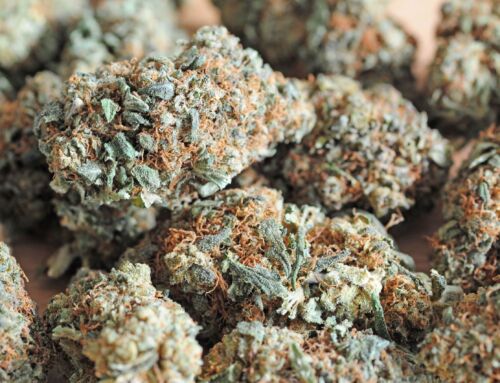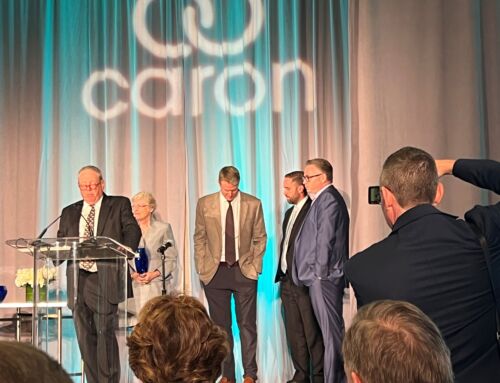Heroin use is skyrocketing in the United States. Over the last several years as national and state law enforcement organizations crack down on many of the “pill mills” that have been operating since the early 2000’s, heroin has become the alternative to those people hooked on OxyContin and other prescription opiates who are suddenly left without a script to fill. Some people show up to their doctor and find it has been shut down by the police and are left to fend for themselves to “get well”. The unfortunate truth is that there are some doctors running pain management clinics legitimately and treating people with actual pain in ethical manner. However, the majority of pain management clinics have become havens for drug seeking patients just looking for a doctor to act as a legal drug dealer and an opiate dispensary.
About Oxycontin and it’s Influence
The boon of Oxycontin in the late 1990’s allowed this to happen. Many doctors quickly had dollar signs dancing in their heads and patients were getting dangerous controlled substances like Vicodin, Percocet and Oxycontin like it was over-the-counter Motrin. There was very little oversight and doctors were getting away with murder, sometimes literally. That being said, let us not allow the patients to get off without blame either. Word of these “pill mills” quickly spread, where a patient woudn’t even need to fake a symptom and could easily acquire a script for pain killers. Go back the next day and say those pills weren’t strong enough? Leave with another script for a stronger pill. It was basically an unspoken rule between doctor and patient: We both know why you’re here. You get what you want. I get what I want. No one needs to know or go risk dangerous circumstances in the streets or risk getting arrested. Everything was working out quite nicely. The doctor was getting paid. The patient was getting strong drugs legally and for cheap. The pharmaceutical companies were watching their products flow like water. Until people realized what was going on. Parents and family members noticed changes in their loved one. Insurance companies noticed ridiculous bills for controlled substances. And then the police were alerted. And then the doctors were arrested. And then the “pill mills” got shut down. Which leaves a large portion of the population addicted to pain killers and no pain killers to be had. What is an addict to do? Then the sweet sound of Lady Heroin whispers ever so softly in their ear, “I don’t know if we’ve met before, but I’m cheaper and stronger. You’ll really enjoy my company.” That sweet siren song to an ears of an addict: I’m cheaper and stronger. The three words every drug addict longs to hear: Cheaper. And. Stronger.
Which brings us to where we stand: A decline and decrease in prescription pain killer abuse but a rise in the use and abuse of heroin. In an article for Forbes, David DiSalvo states that the number of new non-medical users of pain killers has dropped over the past ten years, from 2.2 million users in 2002 to 1.9 million in 2012. DiSalvo details some reasoning for this, explaining the street prices of illegally obtained prescription opiates are much higher than heroin. An 80 milligram OxyContin can run up to $80 or $100 per pill on the street (https://www.forbes.com/sites/daviddisalvo/2014/01/14/why-is-heroin-abuse-rising-while-other-drug-abuse-is-falling/?utm_campaign=forbestwittersf&utm_source=twitter&utm_medium=social). Depending on the area of the country, heroin can run from $5 to $20 for what would be considered a single usage amount, often coming in vials or wax bags or gel caps. And while potentially filled with dangerous “cut” substances, the heroin will give a user the same, if not a stronger high for a much cheaper price. Pharmaceutical companies attempting to make their drugs harder to abuse by crushing and snorting or dissolving and injecting the drugs have also pushed people with chemical dependency or addiction issues to the street to obtain heroin. And the numbers support that theory: Heroin use and abuse has been on the rise since the mid-2000’s, reaching record highs in 2012.
Heroin use and abuse is often more dangerous for a user because it drives the use underground. Users often have to go to dangerous parts of their city or town run by gangs or drug organizations, cop out in the open and risk arrest by the police or robbery by other users. Sometimes they’ll get “burned”, meaning purchasing a drugs but finding the drugs are no good or are fake. Which means a drug addict in need of a fix to get well needs to find more money to find real drugs, immediately. This leads to crime. Also, more illegal money is involved in street transactions. “Pill mills”, although no different in principle, gave the illusion of legitimacy, at least to the outside world. “I’m going to the doctor” sounds a whole lot better to someone that isn’t well versed in the world of drug use and abuse then does a statement like “I just gotta run past the spot” or “gimme an hour, I gotta run downtown to meet K-Rock on the corner” or perhaps the ever famous “where IS he?!?! He said he’d be 20 minutes!” But what is a former “pill mill” patient to do? Pain killers are physically addicting and require a detox to rid the body of the harmful chemicals. An opiate detox alone will not kill an addict but that person will certainly feel like they want to die. Picture the worst flu then multiply it by one hundred. Hot and cold sweats. Bones hurting. Nausea. Stomach pain. Migraines. Diarrhea and vomiting, constantly. Insomnia. Medical detox can make heroin withdrawal timeline or pain killer withdrawal manageable and comfortable, but it is often the fear of the pain from withdrawal that makes those addicted to opiates keep using. So what happens when a drug addict’s drug source is shut down? When their supply is cut off? The next natural step is to find a new source, a new supplier. When a patient shows up to their “doctor” and the doctor has been arrested, it’s time to move on to the next option. Inevitably that next option at some point will become the street, where a cheap, stronger alternative awaits in the form of heroin.
This is happening all over the country. And locally it’s no different. Carroll County has been dealing with a large influx of heroin and heroin-related overdoses recently (https://www.carrollcountytimes.com/news/local/a-hazy-future-heroin-usage-on-the-rise-in-carroll/article_682d8c21-ca78-5a33-8bd3-b162e8fb1582.html). Baltimore County substance abuse issues with heroin are well-known. And let’s not even talk about Baltimore City, where the reputation of Charm City often resides in outsider’s minds in three areas: the Baltimore Ravens, steamed crabs or heroin. South Florida, the largest concentration of pill mills in the country, is dealing with similar issues. Delray Beach, Florida (the nation’s proclaimed “Recovery Capital”) has seen a tremendous spike in heroin use and abuse and a number of overdose deaths in the last few months. Earlier this month, Vermont Governor Peter Shumlin spent his entire State of the State address disclosing and discussing that state’s “full-blown heroin crisis.” (https://www.businessinsider.com/vermonts-full-blown-heroin-crisis-2014-1/) Parents need to be educated on these inherent dangers. The public needs to be aware. And those people suffering from substance abuse or chemical dependency or an addiction to pain killers and heroin need to know that they can receive help if they want it. Quality drug treatment is available for those that want it and those that need it. But asking for help is the first step.
Maryland Addiction Recovery Center offers treatment for pain killer and heroin abuse and addiction, including a medically supervised opiate detox, PHP and IOP treatment. If you or someone you know is suffering from drug or alcohol issues, we can help. Please call (410) 773-0500 or send an email to info@marylandaddictionrecoverycenter.com. More information on our services and treatment can be found at the web site: marylandaddictionrecovery.com
Additional Links:
https://www.businessinsider.com/why-heroin-use-is-skyrocketing-across-the-us-2014-1
Table of Contents





